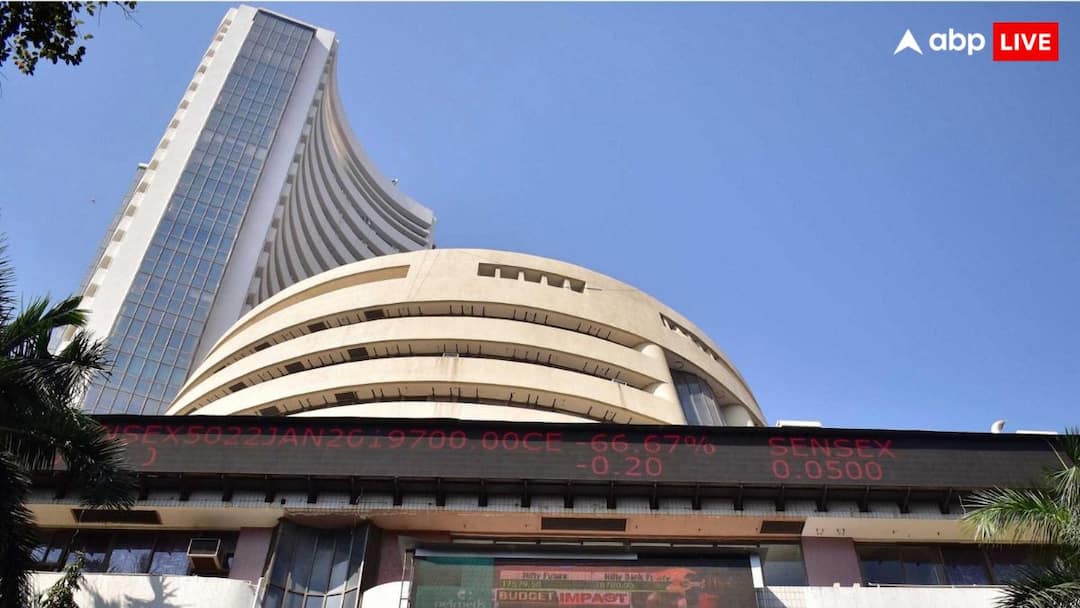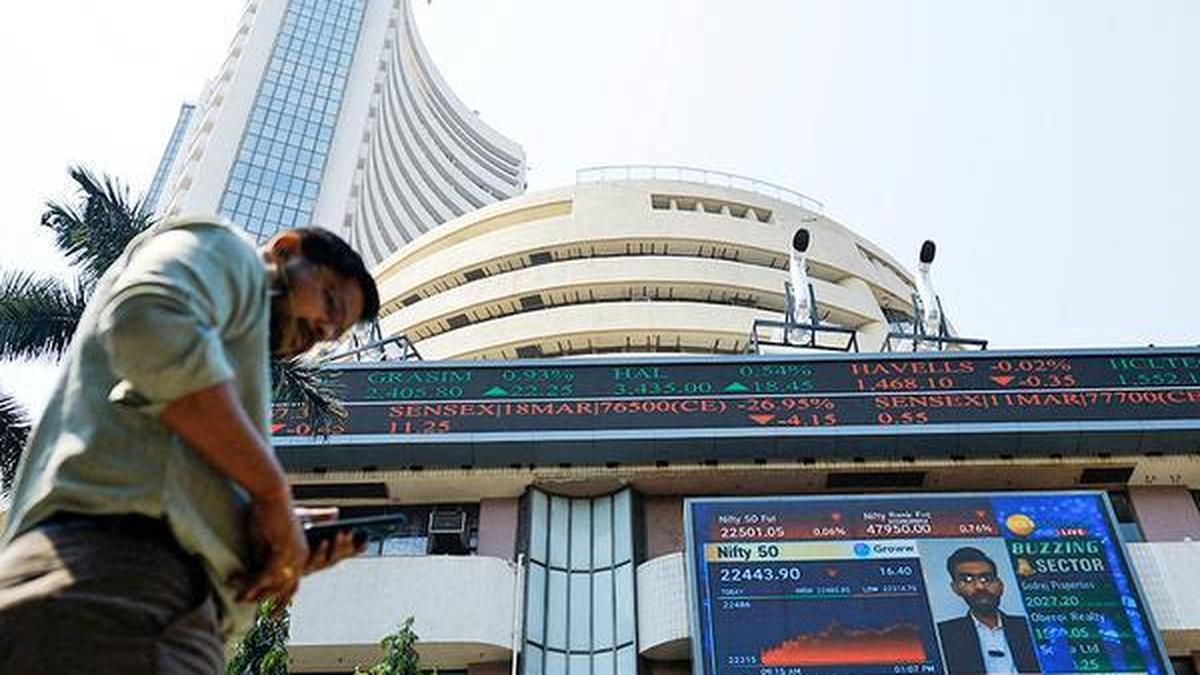- January 26, 2023
Indian stock markets migrating to T+1 settlement cycle from January 27

Representational image only.
| Photo Credit: Reuters
Indian stock markets are embarking on a shorter settlement cycle or T+1 regime for the final list of large stocks from January, a move that will help reduce margin requirements for clients and boost retail investment.
T+1 (trade plus one) means that market trade-related settlements will need to be cleared within one day of the actual transactions taking place. Earlier, trades on the Indian stock exchanges are settled in two working days after the transaction is done (T+2).
The stock exchanges — NSE and BSE — in November 2021 in a joint statement announced that they will implement the T+1 settlement cycle in a phased manner, starting February 25, 2022, with the bottom 100 stocks in terms of market value.
Thereafter, 500 stocks were added based on the same market value criteria from the last Friday of March and so on every following month. From January 27 onwards, all trades in the equity cash segment (including Futures and Options on stocks) will be conducted on a T+1 basis.
The final batch of securities — including stocks, ETFs, debt instruments, real estate investment trusts (REITs) and infrastructure investment trusts ( InvITs) — will be moving to the T+1 settlement cycle from Friday, information available with the Zerodha website showed.
This is not the first time that markets regulator Securities and Exchange Board of India (SEBI) has chosen to shorten the settlement cycle. Earlier in 2002, the capital markets regulator had cut the number of days in the settlement cycle from T+5 days to T+3 days and then in 2003, it was reduced to T+2 days.
Market experts believe that the T+1 settlement system will allow the cycle of money to move faster without waiting for an extra day.
Upside AI co-founder Atanuu Agarrwal said most markets around the world function on a T+2 basis. T+1 settlement puts India ahead of even the U.S., which is the pre-eminent destination when comes to capital markets. “This is a fantastic milestone and another feather in the cap of India’s financial ecosystem. These changes will definitely bolster overall liquidity due to faster rollover and are a big positive for all stakeholders i.e., issuers, investors, and intermediaries,” he added.
“As Indian markets embark on T+1 for the final list of large stocks from 27th January, the question is if the systems are robust enough. In fact, the T+1 system was enabled by solid strides in technology.”
“Rapid bank transfers, the rise of UPI as a payment mechanism, superior bandwidth and the predominance of online and app-based trading have helped this cause,” Gagan Singla, MD at blinkX, which is an initiative by JM Financial, said.
“The shift from physical to digital in broking communication, dissemination, execution and risk management has largely catalysed the progression to T+1,” he added.







